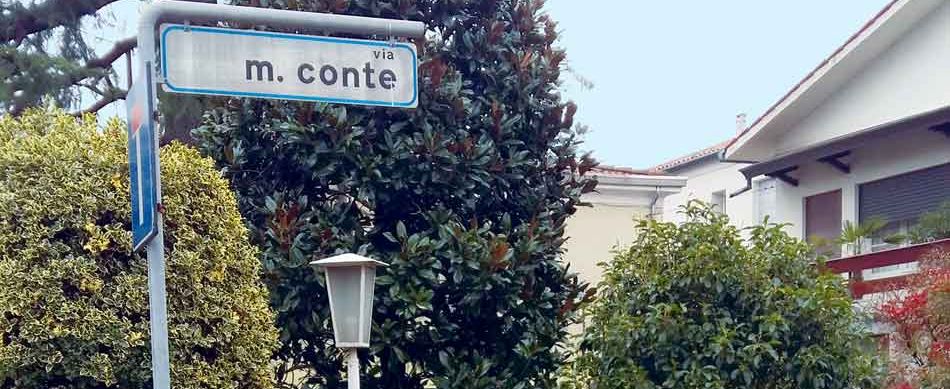PRESIDENTS, states, famous people, military heroes and cities are favorite choices for street names. Descriptive names such as Lake, Main, Church and Station are also very often used as well as historical names.
Streets may sometimes have names which are in no way related to actual conditions, for example River Street may not be near any water, a Crooked Street may be straight, and a Southport Avenue may not even be close to a port. Occasionally street names can be funny and even naughty or rude because street naming is not only a political and administrative decision, but it also reflects the social and cultural values of a city, town or village.
Since the oldest named street in the world still using its name is ‘Straight Street’ in Damascus, to which St. Paul goes after his conversion, we may assume that, in Jesus’ time, the streets of big cities of the Holy Land must have had names too. And yet in the Gospels, Jesus seems to classify roads only in two categories: the broad and the narrow. In fact, near the end of the Sermon of the Mount, the Lord says, “Broad is the road the leads to destruction… Narrow is the road that leads to life.” (Matthew 7: 13-14) Jesus does not even consider the idea of a medium-sized road; it is one or the other; you cannot be neutral about eternal life.
Along the wide road which leads to destruction we carry with us our selfishness, our pride, our hate, our lust, our intolerance… the extremes of humanity are on this broad road. On it are immoral people, dictators, murderers, thieves…, but there are also those who consider themselves to be righteous. They are the ones who arrogantly trust in themselves and despise others. No matter how many religious activities they undertake, or how worthy they may appear to us, their worship is self-centered, and they have, in actual fact, made God in their own image.
On the contrary, the narrow road is the one that leads to life, and in following it we must leave behind everything that can hinder us: our belief in our own abilities; relations that hold us back; attitudes of pride, jealousy, ungratefulness, dishonesty… On this path there are often problems and difficulties; it is a very hard, uphill road that is full of tortuous, winding steps. However, the Lord is always at our side, giving us the strength, grace and power to go on.
I am sure, dear readers, that we are all trying to travel the narrow road, but perhaps we have to make some further changes in our lives as we follow Jesus. And this is why the Church gives us Lent as a time to pause and look more deeply at where we are on our journey to Heaven, and whether we are doing God’s will. Lent is not just outward signs like ashes and abstinence, it is also about interior change and conversion. It’s a time for an examination not just of our sins, but of our whole lives and what we are oriented towards. Therefore, let’s look for some time to stay with Jesus, to lean against his chest and listen to his heartbeat in order to understand where He is leading us.
There is a street named after M. Conte on the outskirts of Padua (see photo). My friends tease me about it by saying, “Aren’t you lucky? They have already dedicated you a street!” Actually, M. stands for Manfredino, not Mario. I searched a lot on the web, but I wasn’t able to find anything about him; somebody told me he was a medieval knight. Anyway, M. Conte Street is a narrow road, and that is enough for me: it is a sign of encouragement.




